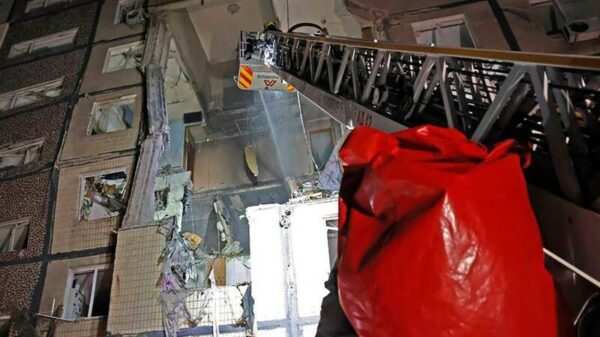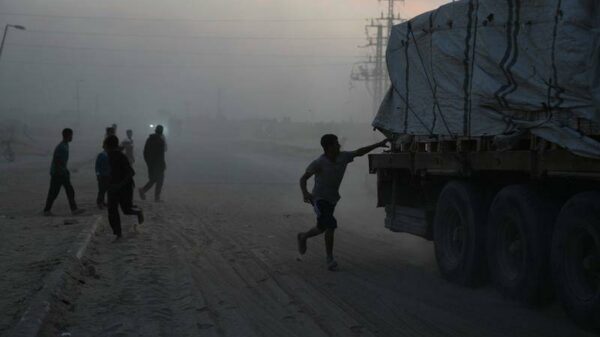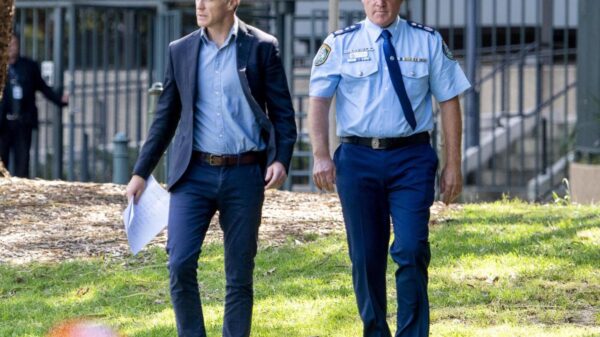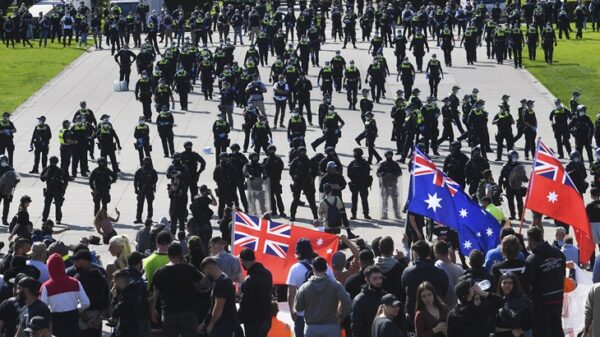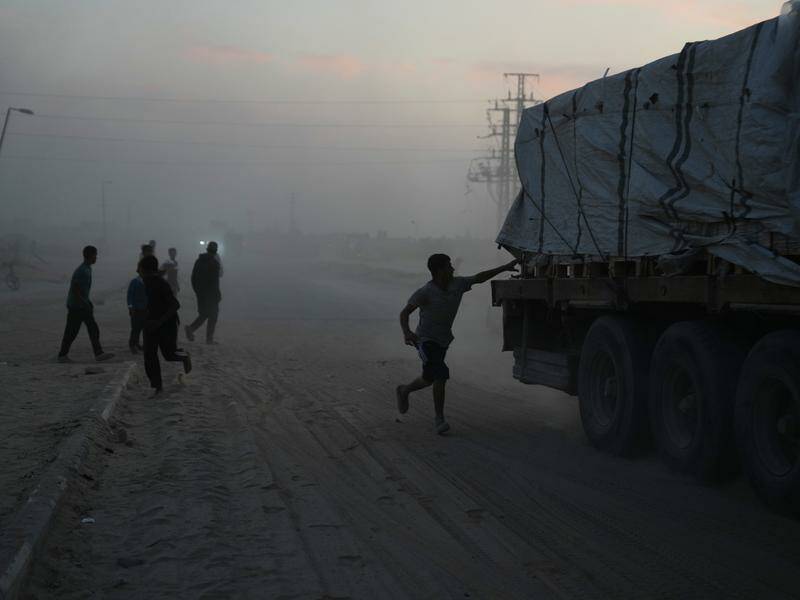US forces are now actively involved in overseeing and coordinating aid transfers into the Gaza Strip in collaboration with Israeli authorities. This initiative is part of President Donald Trump’s ceasefire plan, which aims to stabilize the region and facilitate humanitarian assistance.
The Washington Post reported on November 10, 2023, that the US-led Civil-Military Co-ordination Center (CMCC) will take a leading role in determining the flow of aid into Gaza. A US official, along with sources familiar with the situation, confirmed that while Israel remains an integral part of the process, the CMCC will have the final say on what aid enters Gaza and how it is distributed. An Israeli security official emphasized that Israeli security services will continue to be involved in policymaking and monitoring, with collaborative decision-making already in progress.
A spokesperson for the US embassy in Jerusalem stated that the US is “working hard, in tandem with Israel and regional partners, on the next phases of implementing” the president’s “historic peace plan.” This effort includes coordinating immediate humanitarian assistance and fine-tuning operational details. The spokesperson also noted satisfaction with the “growing contributions of other donors and participating countries” that support humanitarian aid through the CMCC.
The ceasefire, which was agreed upon by Israel and the Palestinian militant group Hamas a month ago, successfully paused a devastating two-year conflict that began with a cross-border attack by Hamas militants on October 7, 2023. This initial phase of the peace plan also facilitated the release of Israeli hostages and Palestinian prisoners.
Challenges in Aid Distribution
The CMCC commenced operations from southern Israel in late October, focusing on ensuring the smooth flow of aid and enhancing security in Gaza. While the ceasefire aimed to deliver substantial humanitarian assistance to the densely populated enclave, humanitarian agencies reported that the volume of aid reaching Gaza remains critically insufficient.
According to the Israeli government, it is meeting obligations under the ceasefire agreement, which stipulates an average of 600 trucks of supplies entering Gaza each day. Nonetheless, the situation on the ground reflects a dire need for more support, as the Gaza Health Ministry reported a staggering death toll of 69,169 since the conflict’s escalation began. These figures are derived from detailed records maintained by the ministry, which is run by Hamas and generally regarded as reliable by independent experts.
The latest increase in the death toll is attributed to ongoing recovery efforts in the rubble of the devastated region since the ceasefire was enacted on October 10. The ministry disclosed that 284 fatalities were added to the total after identities were confirmed between October 31 and November 7. This includes individuals killed in strikes that Israel claims target remaining militant factions.
Exchanges of Remains and Ongoing Violence
On November 11, 2023, Israel returned the remains of 15 Palestinians to Gaza, as confirmed by local hospital officials. This return followed the previous day’s exchange, where Hamas militants returned the remains of a hostage identified as Lior Rudaeff, a dual national born in Argentina. The exchanges of remains are central to the ceasefire’s initial phase, which mandates that Hamas return all hostages as quickly as possible.
In Tel Aviv, families and supporters gathered once again to rally for the return of all hostages. Over the past three days, Gaza hospitals have received 10 bodies, comprising nine retrieved from under the rubble and one who was recently killed. The Gaza Health Ministry reported that since the ceasefire began, an additional 241 people have lost their lives.
The current ceasefire aims to de-escalate what has been described as the deadliest and most destructive conflict between Israel and Hamas. The hostilities commenced with the October 7 attack, which resulted in approximately 1,200 deaths in Israel and the abduction of 251 individuals by Hamas. As the situation continues to evolve, the international community remains focused on the humanitarian implications and the potential for lasting peace in the region.






